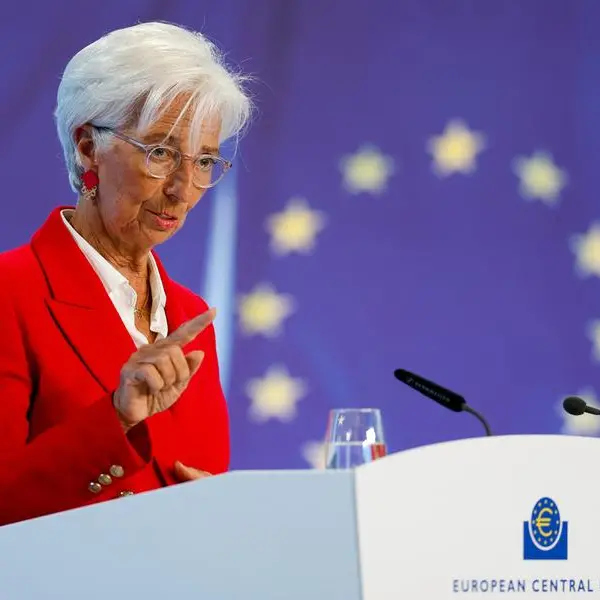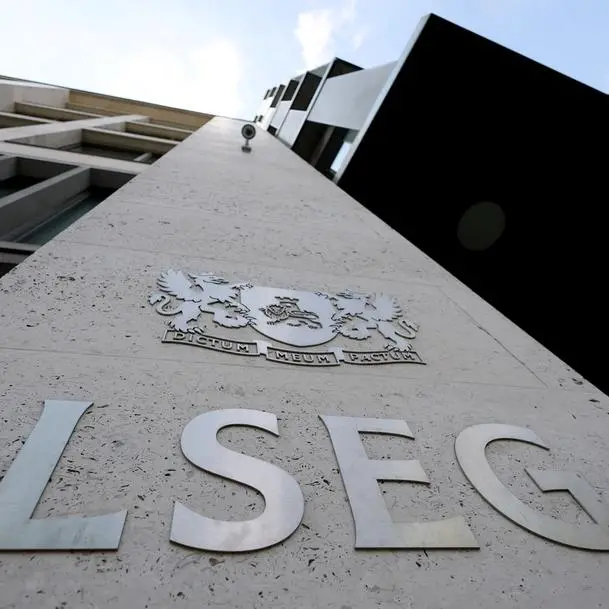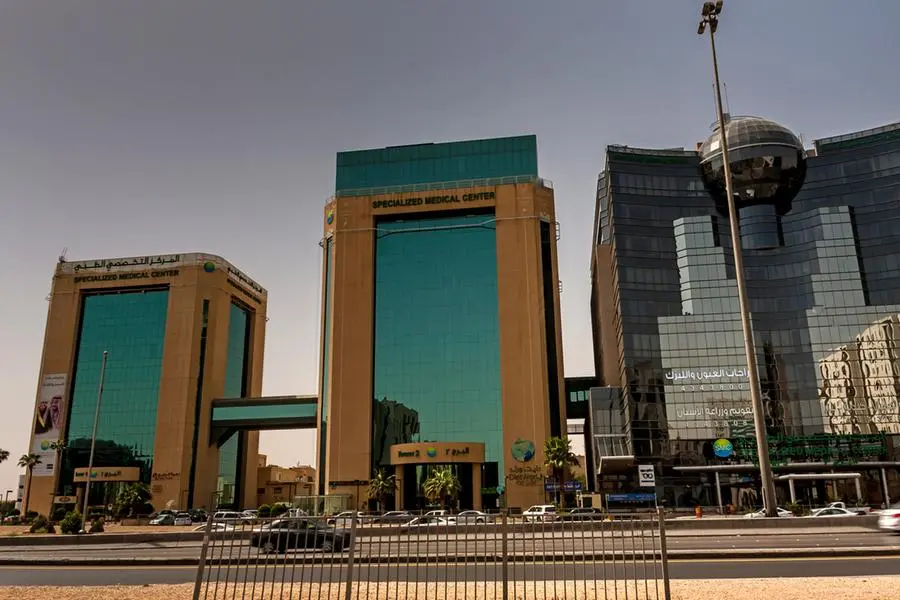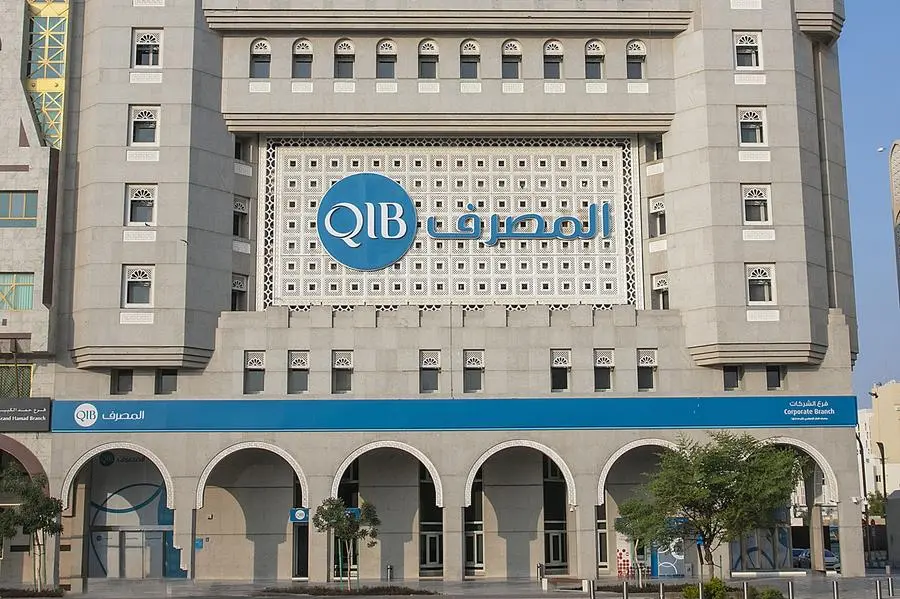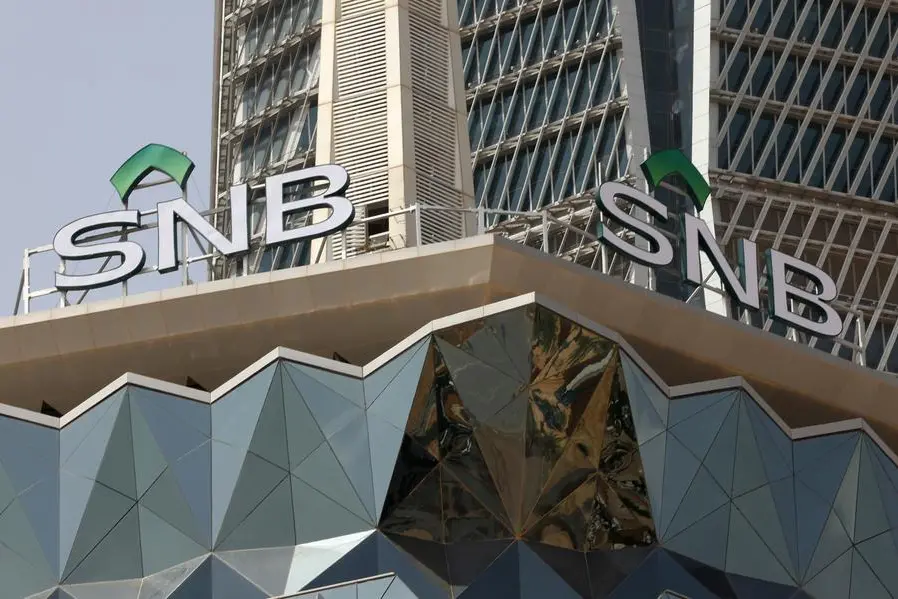PHOTO
QNB Group headquarters in Doha, Qatar. Image courtesy: QNB Group
Doha: QNB said it expects the European Central Bank (ECB) to lower its key interest rate to 1.50% by the end of 2025, which would be below the forecasted consensus level, amid growing risks to economic growth outweighing other concerns related to inflation.
In its weekly report, the bank pointed out that inflation rates in the Eurozone were finally brought under control last year after an unprecedented cycle of interest rate hikes by the ECB, which had launched a record monetary policy tightening phase involving 10 consecutive rate increases starting in mid-2022.
This drove the deposit facility rate from -0.5% up to 4%. Following this period of extremely tight monetary policy, inflation steadily declined from its peak of 10.6% towards the 2% target set by monetary policy.
The report added that in June last year, with inflation hovering just half a percentage point above the target, the ECB finally felt confident that price pressures had sufficiently eased and began a new phase of rate cuts. It noted that this gradual adjustment process brought the deposit rate to 2.25% by April of this year.
QNB noted in its report however that making further rate decisions is becoming more difficult, as incoming data are now being assessed meeting by meeting, while policymakers attempt to balance ongoing price pressures against short-term growth forecasts, which remain pessimistic for the Eurozone.
QNB pointed out that the ECB still has significant room to continue cutting rates this year, driven by two main factors. The first factor: After hovering on the brink of recession for the past two years, there is increasing pessimism that 2025 will bring another year of disappointing overall performance in the Eurozone.
Despite encouraging economic growth rates in countries like Portugal, Spain, Greece, and the Netherlands, the overall growth of the Eurozone has been negatively affected by weak growth rates in its three largest economies: Germany, France, and Italy.
Over the past ten months, purchasing managers' index (PMI) data has indicated stagnation. The PMI, a survey-based indicator, measures whether economic conditions are improving or deteriorating.
The composite PMI, which tracks combined developments in services and manufacturing sectors, has remained below or near the 50-point threshold that separates contraction from expansion, indicating a state of economic stagnation.
Moreover, the report said that real GDP growth forecasts for 2025 have been on a downward trajectory since mid-2024. At the beginning of last year, a Bloomberg survey showed an expected economic expansion rate of 1.4%, which was encouragingly higher than the Eurozone’s average annual growth of 1.1% over the past two decades.
However, this initial optimism gradually faded amid industrial slowdown, an ongoing energy crisis, and escalating global trade disputes, leading growth expectations to fall below average to around 0.9%.
The report noted that the weak economic outlook for the Eurozone, especially in the context of increasing protectionist policies, tariffs, and geopolitical divisions, raises the likelihood of further rate cuts by the ECB.
The second factor: Complete control over price growth, and the increasing risk that inflation could fall significantly below the ECB's target. Inflation in the services sector has become a central focus of ECB monetary policy discussions.
Services are relatively less affected by global commodity and traded goods prices, thus providing insight into domestic price dynamics.
The latest consumer price data show that "core" inflation, on an annualized monthly basis, continues to steadily decline towards the 2% monetary policy target. In addition, escalating trade wars are expected to negatively impact investment and consumer demand, further alleviating upward pressure on prices.
The report emphasized that declining wage growth will reduce price pressures in the labor-intensive services sector.
The ECB’s new wage tracker, which compiles data from thousands of collective bargaining agreements, offers valuable forward-looking information on wage developments. After peaking in the fourth quarter of 2024, the tracker shows a rapid slowdown toward the end of this year, reflecting a sharp decrease in wage pressures.
Some measures of inflation expectations calculated by the ECB have also remained below the target rate. The ECB's recent survey of professional forecasters projects inflation at 1.9% for 2026, while market-based indicators point to even lower levels. This trend toward declining inflation supports the case for the ECB to proceed with a cycle of interest rate cuts.
QNB concluded its report by stating that, overall, it believes the ECB will reduce its key interest rate to 1.50% by the end of 2025, lower than the current consensus forecast, as risks to economic growth increasingly outweigh concerns related to inflation.
© Dar Al Sharq Press, Printing and Distribution. All Rights Reserved. Provided by SyndiGate Media Inc. (Syndigate.info).
The Peninsula Newspaper

